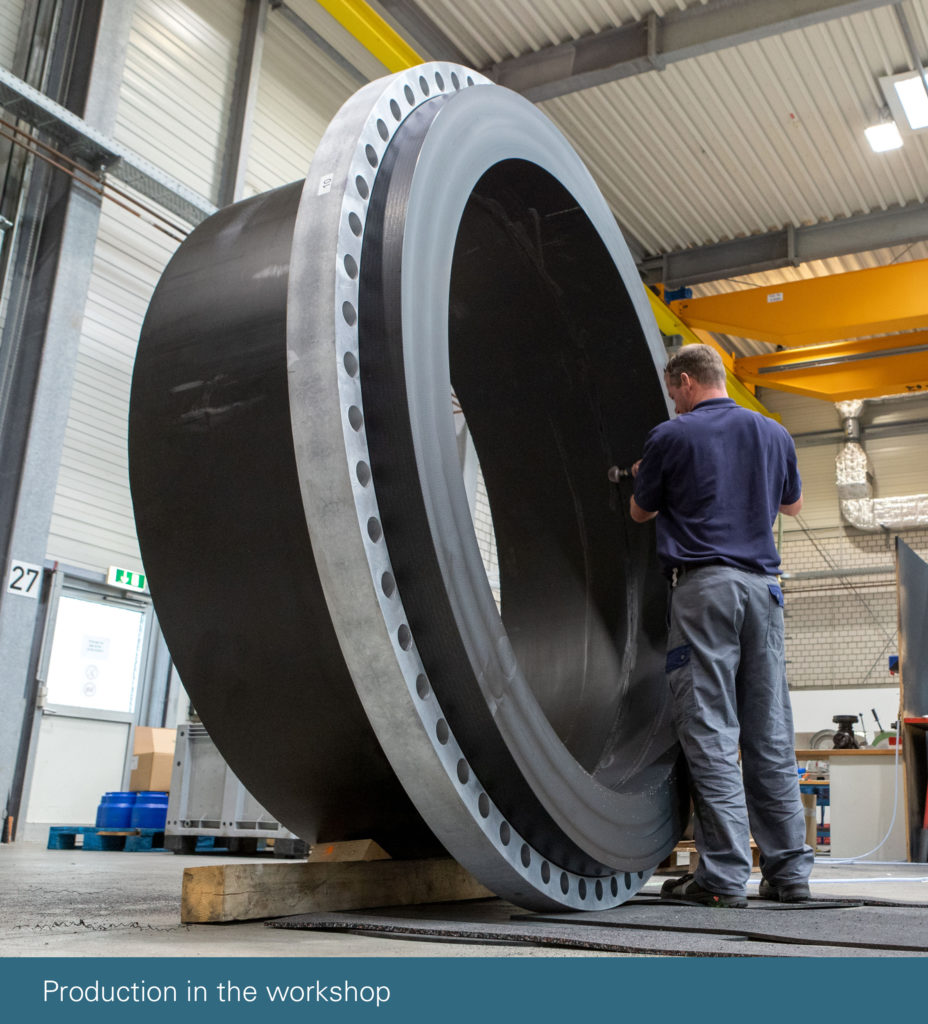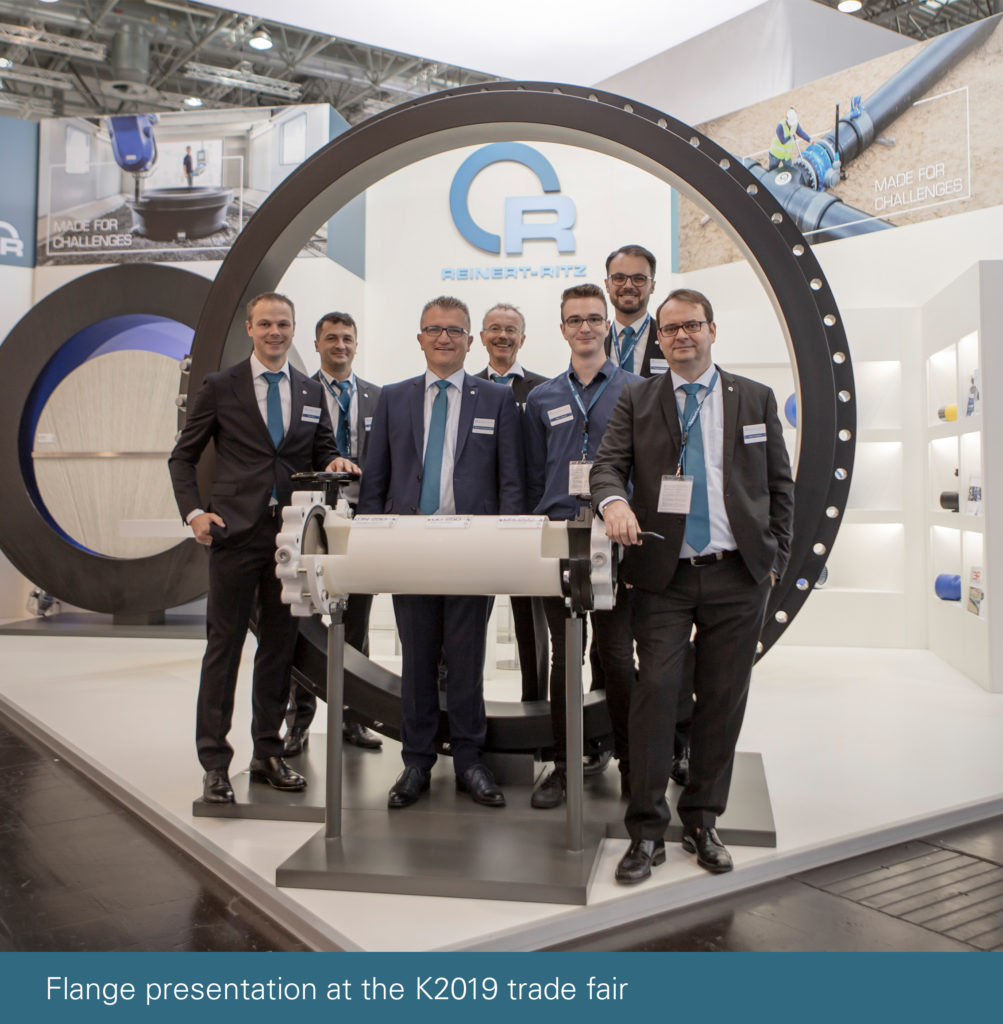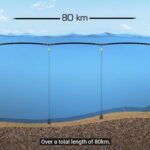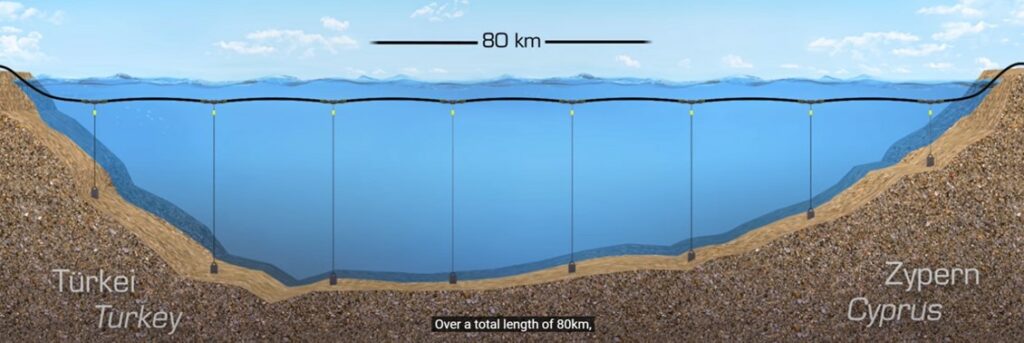Pressure pipe systems made of polyethylene (PE) are being used in local gas and water supply systems worldwide with a growing market share. This trend, especially with regard to PE pressure pipes with ever larger nominal pipe sizes, is far from over. This is an impressive success story, especially in view of the fact that today’s HDPE pipe quality was only developed 65 years ago.
The historical development of HDPE pressure pipes
Historically, the development of PE pipes began as early in 1933 with the development of the low-density PE raw material: LDPE (PE-LD), which was produced using the so-called high-pressure process. From today’s perspective, not only was the process uneconomical, but the properties of the PE produced in this way were by no means comparable with today’s PE pressure pipe quality. 20 years later, in 1953, the production of a high-density Polyethylene, HDPE (PE-HD), was successful. This technology, developed by Karl Ziegler and Giulio Natta, enabled polymerisation using the more economical and versatile low-pressure process. As early in 1954, the Hoechst company in Frankfurt (today LyondellBasell) started the production of raw materials and PE pressure pipes. Hoechst worked on a broad front to market the new material. Initial applications were found, long-term internal pressure tests were initiated and scientific material studies were carried out to support market demand for applications.










